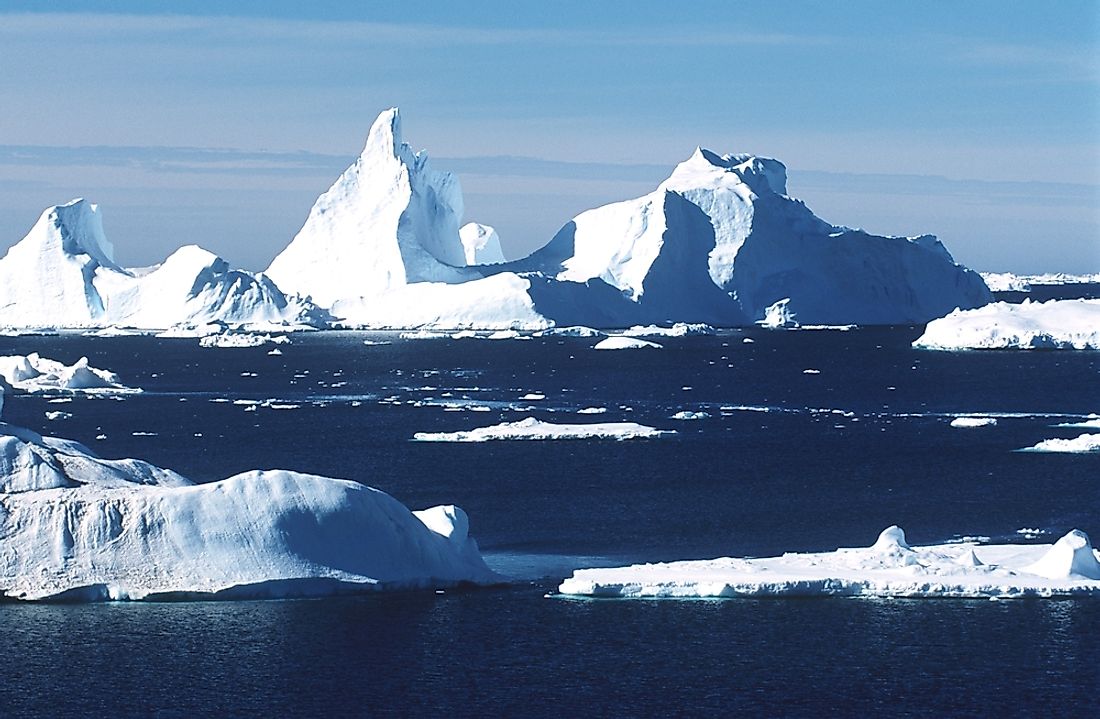A Large Iceberg Has Broken Away From the Antarctic Peninsula

An iceberg measuring 5,800 square kilometers (2,239 square miles) and measuring more than 1 trillion tons has broken off in the Antarctic Peninsula, scientists say.
The event had been long anticipated by a team of scientists at the University of Swansea, who are behind the discovery. For months, the research team had been tracking the cracks in the large Antarctic ice shelf called "Larsen C", expecting parts of it to breakaway.
Breakaway it did - and in an enormous way, in fact. The new iceberg is said to be roughly the size of Wales, or the US state of Delaware.
The process of an iceberg breaking away from an ice shelf is known as "calving". It has happened before in the relatively recent past, most notably in 1995 when the gigantic Larsen A ice shelf collapsed. In the year 2000, the largest iceberg ever recorded, called B15, calved off of the Ross Ice Shelf in Antarctica.
Was Climate Change to Blame?
The report went on to emphasize that the breaking of the iceberg was a natural event and that human activities and climate change were not to blame. This does not mean, however, that such an event does no environmental harm. The breakaway iceberg will still contribute to the fragile situation that the majority of the world's ice cover finds itself in, as it means the Larsen C ice shelf has now decreased in size even further.
In addition, because of its large size, the iceberg could be of danger to large ship vessels traveling through maritime passageways.
The iceberg is likely to be named "A68". Scientists say that current water levels around the world should not be affected by its presence.
**
Rachel Cribby is a writer and editor based in Montreal.











